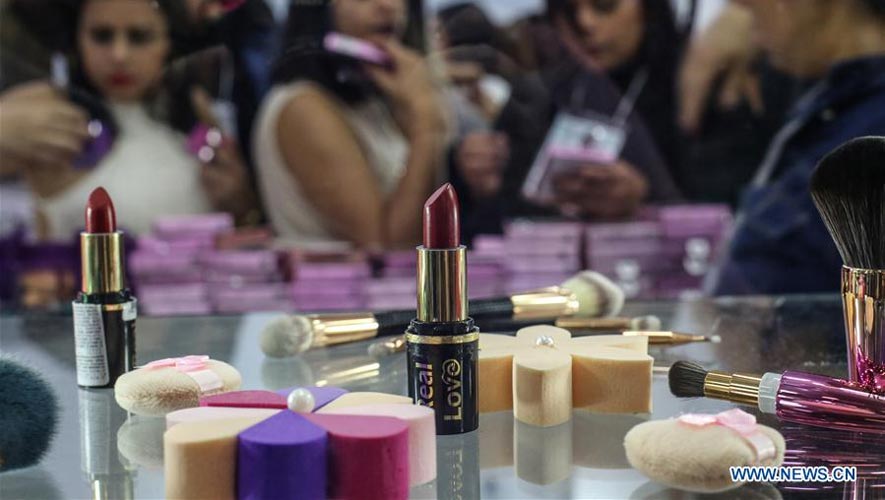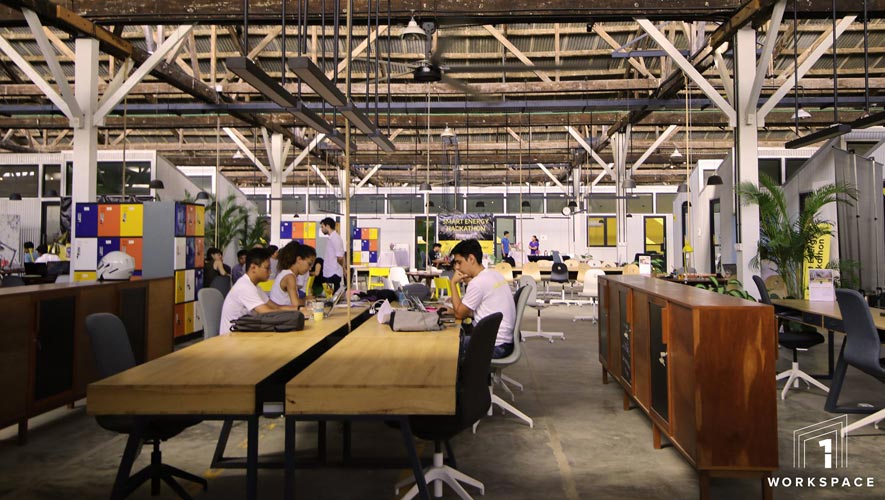Fast-moving consumer goods like brand soaps, imported soda, luxury goods, clothing, fast food and beauty products were almost unheard of 10 years ago here. But a fast-growing economy and a young population have shifted the store-shelf scenery and done so to the tune of an estimated $1 billion in imported items since just 2012.
For the latest Cambodian Business news, visit Khmer Times Business
The FMCG revolution, which is still in its infancy in Cambodia, is reshaping the idea of status, redefining how goods are sold online and in-person, how they are advertised and how affluence is measured.
The global FMCG market stands at more than $10 trillion and is expected to reach $15 trillion by 2025, according to Allied Market Research. For fast-developing countries like Cambodia, changes can come quickly.
“Changes in lifestyle drive the growth of the FMCG market. Moreover, increase in global population, growth in awareness of FMCG products, frequent launches of new products, and effective advertisement of the FMCG brands are the other factors that boost the growth of the global FMCG market,” according to Shankar Bhandalkar, senior research analyst for consumer goods at Allied Market Research.
For investors, Cambodia also offers incentives not always found in other Asean countries such as 100 percent foreign ownership and low taxes. And despite increased demand, analysts say the consumer market is still underdeveloped.
“There is still room for expansion,” says Christopher McCarthy, chief executive officer of MangoTango Asia, a creative and digital media marketing agency that produced a study on the subject called “Opportunities for Consumer Goods in Cambodia”.
McCarthy points to several key factors when it comes to the increasing popularity of brand-name consumer goods, including a modern economy with a business-friendly environment and a growing middle class. He also points to the numbers. Cambodia has a gross domestic product of $18.2 billion and an annual growth rate of 7.7 percent. Out of a population of 16 million, 52 percent are below the age of 25. “They are eager to embrace a modern lifestyle,” he says.
Cambodia has also been the sixth-fastest-growing economy in the world and the nation’s urban population has grown, as has the spending power of the average Cambodian consumer. “Against this backdrop, consumer tastes, preferences and habits are forming and changing rapidly,” according to the MangoTango study.
Mindshare and market share
Consumer products being gobbled up in Cambodia include everything from luxury to mass-market brands. Those keeping an on eye on the markets like McCarthy say that the brands in Cambodia today are building mindshare and market share.
The European clothing brand Mango, for example, arrived in Phnom Penh in 2014, and now dominates clothing brand awareness and brand desirability simply by being early to market, according to the study. They have built a loyal following among middle-class Cambodians.
Luxury brands like Christofle, Boss, and Brioni have opened shops. Supermarkets are lined with western food and beverage products and beauty supplies. Foreign wines and spirits have proven hugely popular, as have luxury automobiles, like Lexus.
“These brands understand that by arriving early in the marketplace, they can shape preferences for their products among their target wealthy consumers,” the study reported.
“The big international corporations in mass-market products are already in the market, benefitting from Cambodia’s high economic growth rate. Companies including Unilever, Proctor & Gamble, and Nestlé understand the importance of building awareness and loyalty while brand preferences are being established.
Asian companies have also arrived, building preference for their own FMCG brands, such as Indonesia’s Indofoods (large variety of food and beverages), Julie’s of Malaysia (packaged cookies and crackers), Philippines’ Universal Robina Corp (snacks and candy), and Korea’s Nature Republic (cosmetics).”
This has also meant retail is expanding. Until now there has been limited availability of branded retail, says Nancy Jaffe, head of strategy for MangoTango Asia. “This is changing rapidly,” she says.
That includes sports apparel, shoes, fast-fashion brands, and even western sizes.
Local distribution
A benefit to Cambodia and foreign companies welling consumer goods in the country is the existence of well-established distribution channels, particularly for alcohol and food.
Many of the distributors operating in the consumer goods sector are local and some have been around since the 1990s distributing products from conglomerates like Proctor & Gamble. Companies like Goodhill Enterprise Ltd, Octopus Asia Pacific and DKSH are just a few of the dozens of companies.
“At present, there are few requirements for bringingproducts into Cambodia, such as permits or food safety certifications – although this may change as the nation works to improve its regulatory infrastructure,” according to the MangoTango study. “Paperwork and bureaucracy can be among the greatest hurdles; working with a local importer or distributor to prepare forms ahead of time can help.”
Although the ease of business should be an attraction, most goods still come from Asia, McCarthy says. But business groups like EuroCham are working to spread the word.
“Now is the time to come to Cambodia,” he says.




